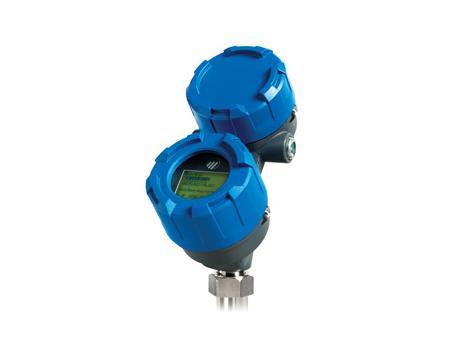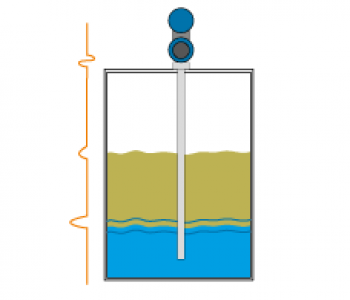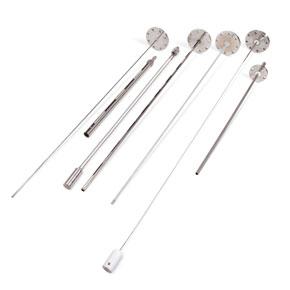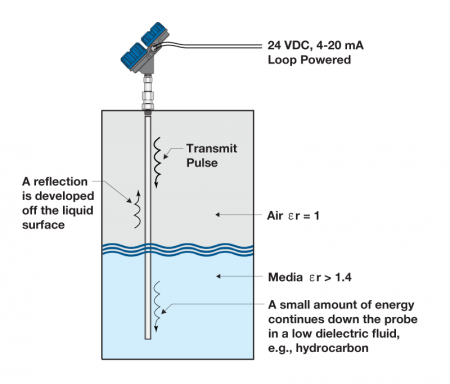
The Eclipse® Model 706 high performance transmitter is a loop-powered, 24 VDC level transmitter that is based upon the proven technology of guided wave radar (GWR). Encompassing a number of significant engineering accomplishments, this leading edge level transmitter is designed to provide measurement performance well beyond that of many of the more traditional technologies.
Utlilizing “diode switching” technology, along with the most comprehensive probe offering on the market, this single transmitter can be used in a wide variety of applications ranging from very light hydrocarbons to water-based media.
The innovative angled, dual compartment enclosure is now a common sight in the industry. This enclosure, first brought to the industry by Magnetrol® in 1998, is angled to maximize ease of wiring, configuration, and viewing of the versatile graphic LCD display.
One universal ECLIPSE Model 706 transmitter can be used and interchanged with all probe types, and offers enhanced reliability as it is suitable for use in critical SIL 2/3 Certified safety loops.
The ECLIPSE Model 706 transmitter supports both the FDT/DTM and enhanced DD standards, which allows viewing of valuable configuration and diagnostic information such as the echo curve in tools such as PACTware™, AMS Device Manager, and various HART® Field Communicators.


 Guided Wave Radar Probes
Guided Wave Radar Probes The ECLIPSE guided wave radar transmitter is based upon the technology of TDR (time domain reflectometry). TDR utilizes pulses of electromagnetic energy transmitted down a wave guide (probe). When a pulse reaches a liquid surface that has a higher dielectric constant than the air (εr = 1) in which it is traveling, a portion of the pulse is reflected. The transit time of the pulse is then measured via ultra speed timing circuitry that provides an accurate measure of the liquid level. The transit time of the pulse is then measured via high speed timing circuitry that provides an accurate measure of the liquid (or solids) level.
The ECLIPSE guided wave radar transmitter is based upon the technology of TDR (time domain reflectometry). TDR utilizes pulses of electromagnetic energy transmitted down a wave guide (probe). When a pulse reaches a liquid surface that has a higher dielectric constant than the air (εr = 1) in which it is traveling, a portion of the pulse is reflected. The transit time of the pulse is then measured via ultra speed timing circuitry that provides an accurate measure of the liquid level. The transit time of the pulse is then measured via high speed timing circuitry that provides an accurate measure of the liquid (or solids) level.